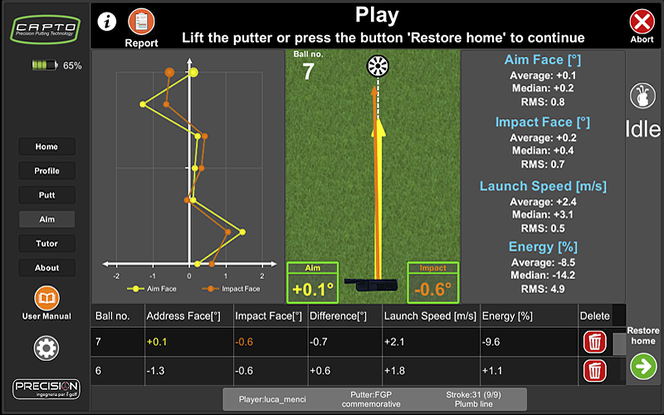

This is exemplified by the four FDA approved bsAbs currently in the market, namely blinatumomab, emicizumab, amivantamab and faricimab, along with a wide variety of reported bsAb formats and large numbers in clinical development (Kontermann 2005 Baeuerle and Reinhardt 2009 Chames and Baty, 2009 Kontermann 2012 Brinkmann and Kontermann 2017 Labrijn et al. Graphical Abstractīispecific antibodies (bsAbs) represent a particularly promising class of biotherapeutics due to their ability to bind to two different antigens, opening up a wide range of potential therapeutic applications (Kontermann 2005 Baeuerle and Reinhardt 2009 Chames and Baty, 2009 Kontermann 2012 Brinkmann and Kontermann 2017 Labrijn et al.

Overall, we demonstrate that through the employment of (1) Protein A chromatography step and (2) flow-through polishing steps, a final product containing < 1% HMW species, < 1% LMW species and < 100 ppm HCP can be obtained with an overall process recovery of 56–87%. This complete flow-through polishing strategy, guided by Design of Experiments (DoE), eliminates undesirable aggregation problems associated with the higher aggregation propensity of scFv containing bsAbs that may occur in the bind and elute mode, offering an improved ease of overall process operation without additional elution buffer preparation and consumption, thus aligning well with process intensification efforts. Here, we demonstrate using two knob-into-hole (KiH) bsAb constructs that two flow-through polishing steps utilising Capto Butyl ImpRes and Capto adhere resins, performed after an optimal Protein A affinity chromatography step can further reduce the HCP by 17- to 35-fold as well as HMW and LMW species with respect to monomer by ~ 4–6% and ~ 1%, respectively, to meet therapeutical requirement at 30–60 mg/mL-resin (R) load. Complementary to Protein A chromatography, polishing strategies play a critical role at removing the remaining high molecular weight (HMW) and low molecular weight (LMW) species, as well as host cell proteins (HCP) in order to achieve a final product of high purity. Security of supply and comprehensive regulatory supportĬapto S ImpAct is delivered in different bulk sizes as well as in many prepacked formats such as PreDictor™ 96-well filter plates, PreDictor RoboColumn™, HiTrap™, and HiScreen™ columns.Bispecific antibodies (bsAbs), though possessing great therapeutic potential, are extremely challenging to obtain at high purity within a limited number of scalable downstream processing steps.High productivity, enabling cost-efficient manufacturing.Large operational window of flow rates and bed heights for easy optimization and scale up.High-resolution for efficient aggregate removal at high sample loads.High binding capacity, more than 100 mg MAb/mL medium.The ability to run at both high flow rates and bed heights combines with these attributes to increase productivity and flexibility in process design.

The small bead size for high resolution, in combination with the novel extended-surface ligands, supports high dynamic binding capacity at high sample loads. The high-flow characteristics of the Capto base matrix enables excellent pressure-flow properties. Part of the established Capto platform of high-performance chromatography media, Capto S ImpAct offers both high binding capacity and high resolution at high sample loads. Capto S ImpAct is a strong cation exchanger for the intermediate and polishing steps when purifying MAbs and a wide range of other biomolecules.


 0 kommentar(er)
0 kommentar(er)
